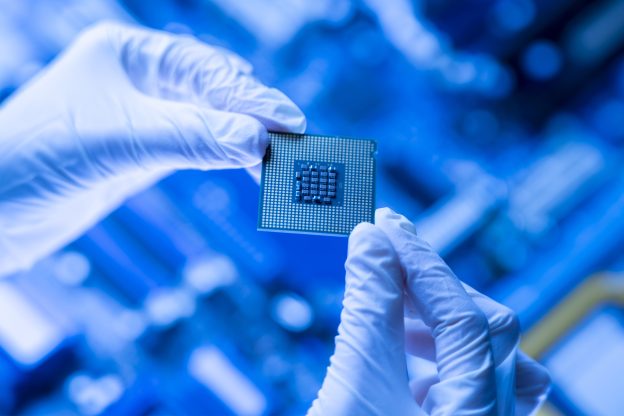
Analog computing — a computing paradigm distinct from traditional digital approaches — leverages the inherent laws of physics to perform calculations, offering significant advantages in energy efficiency and speed,which put it in the spotlight within AI hardware field in recent years.
A research team led by Professors Miao Feng and Liang Shijun from the School of Physics at Nanjing University has recently proposed a high-precision analog computing architecture that breaks long-standing barriers to accuracy. Instead of relying on unstable physical parameters such as device resistance, which are prone to environmental interference, the new design encodes analog computing weights through highly stable device geometry ratios, fundamentally overcoming a key limitation in analog computation precision.
The Nanjing University team designed and validated an analog in-memory computing chip fabricated using standard CMOS processes. By integrating weight remapping technology, the chip achieved a record-setting root-mean-square error (RMSE) of just 0.101% in parallel vector–matrix multiplication — marking the highest precision ever reported for analog vector–matrix computations.
Remarkably, the chip demonstrated stable performance under extreme temperature conditions, operating reliably from –78.5 °C to 180 °C, with RMSE values maintaining at 0.155% and 0.130%, respectively. The team also conducted tests in strong magnetic fields, finding that the core unit’s output current varied by no more than 0.21% compared with results under zero-field conditions — underscoring the robustness and environmental resilience of the design.
(Photo credit: FREEPIK)

